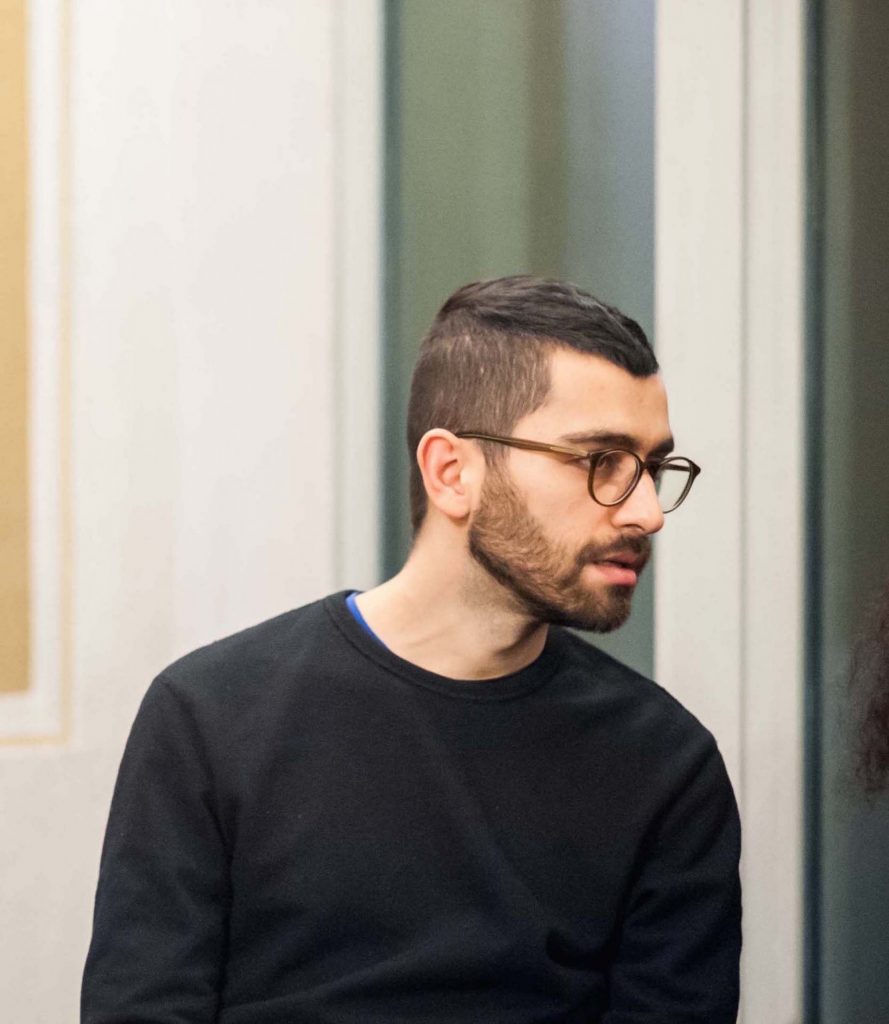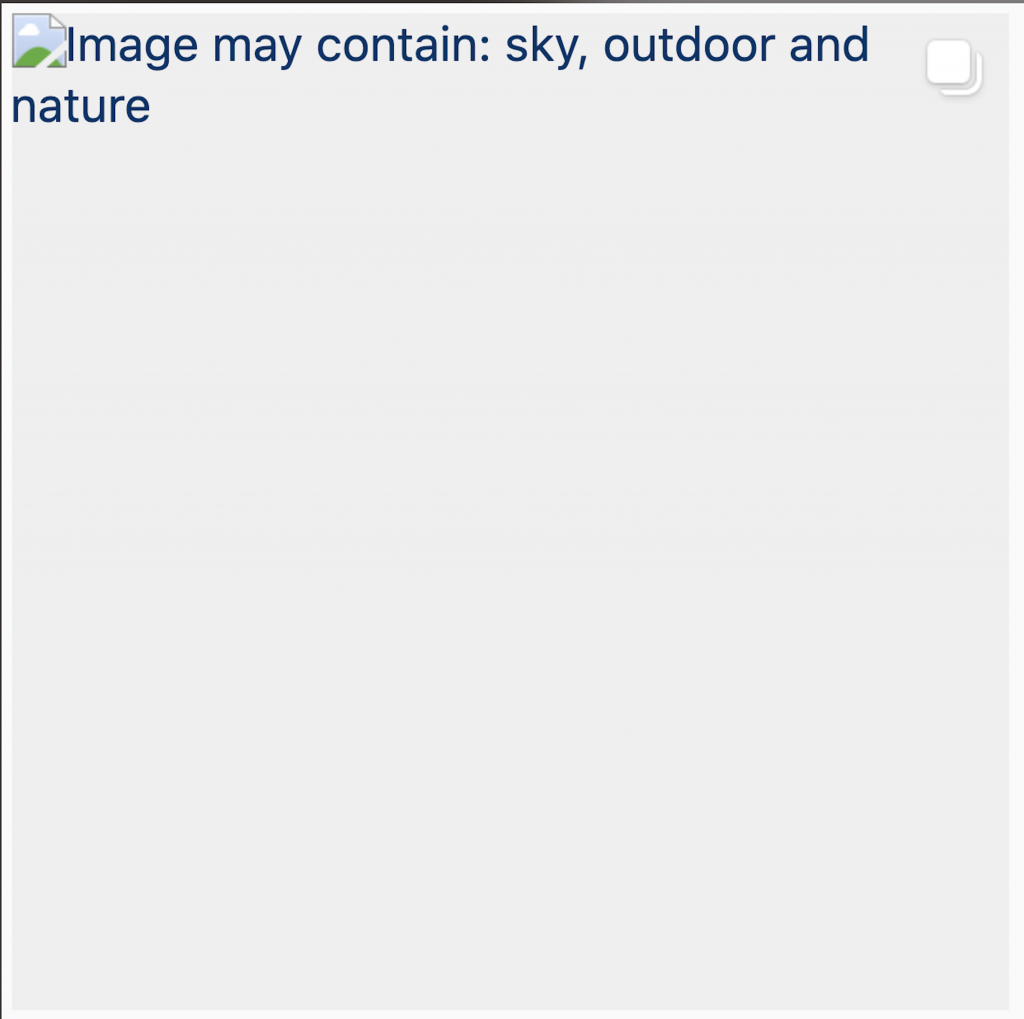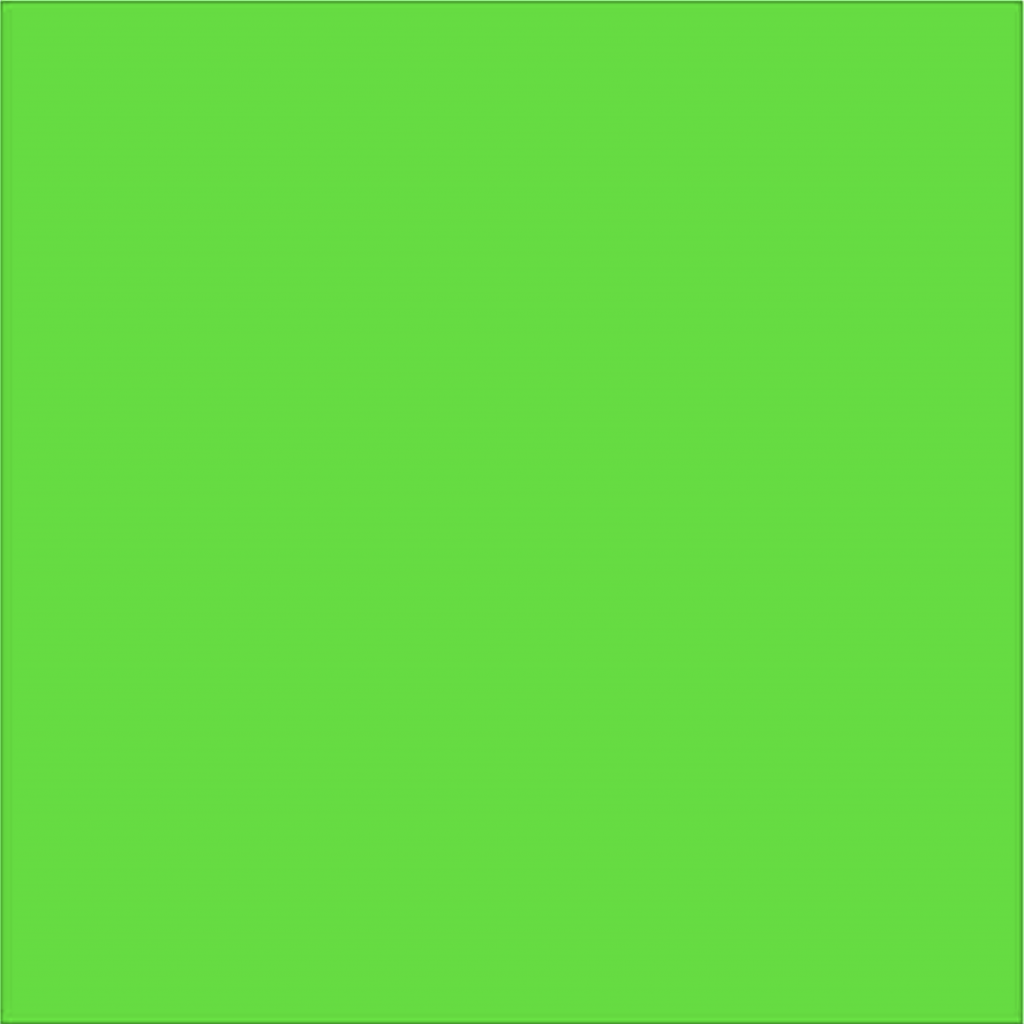Abbas Akhavan
Abbas Akhavan (born in Tehran, Iran; lives in Tiohtià:ke / Mooniyang / Montreal, Canada) is interested in the domestic sphere, where hospitality and hostility are sometimes interlaced. His work, combining drawing, video, sculpture, performance, and installation, is modulated by the specificity of the elements around which it takes shape: the architecture that houses it, the economies that surround it, the people that frequent it. In recent projects, Akhavan has turned his gaze to the outdoors, exploring domestic landscapes such as gardens, backyards, and other arranged spaces around the house. His works bring into focus the relationships between reproduction and mimicry through his use of various references drawn from the fields of theatre, landscaping, and vernacular architecture, among others.

In collaboration with the Musée d’art contemporain de Montréal
In the installation spill, Akhavan blurs the boundaries between interior and exterior, natural and artificial, by creating a landscape setting in the exhibition space, complete with a water garden sitting on a green screen. A pond, surrounded by mounds of rocks, is home to different plant varieties, including water lilies. The chroma key green background, an emblematic tool in the film industry of special effects and used to integrate elements shot separately or created on computer, serves here as the set for the garden. In the heart of this improbable landscape, the composition becomes a reflection of idealized or even tame “nature,” a scene that could take place in any environment. At the intersection of the real and the virtual, spill plays on our irrepressible longing for interpretation, the will to attach meanings and impose a framing to nature that denies the inhabiting elements the possibility of existing beyond our desires. Akhavan frames his work in the tradition of follies—also known as fabriques de jardin in French—ornamental structures erected in a garden or a park to landmark a privileged point of view for contemplation. In dialogue with this idea of observation and landscape—which requires, in its turn, a point of view in order to exist—texts written by guest authors are grafted onto Akhavan’s work, inundating the otherwise vacant installation with narratives.

